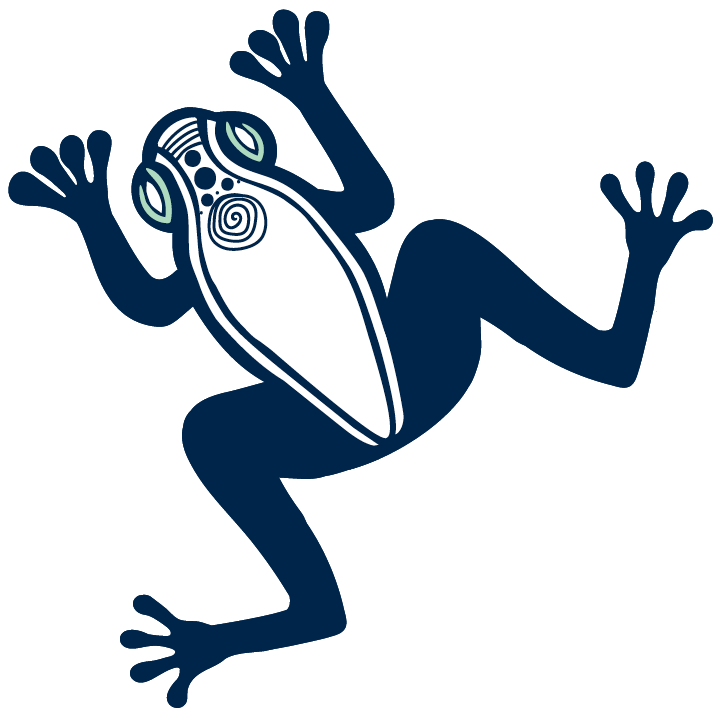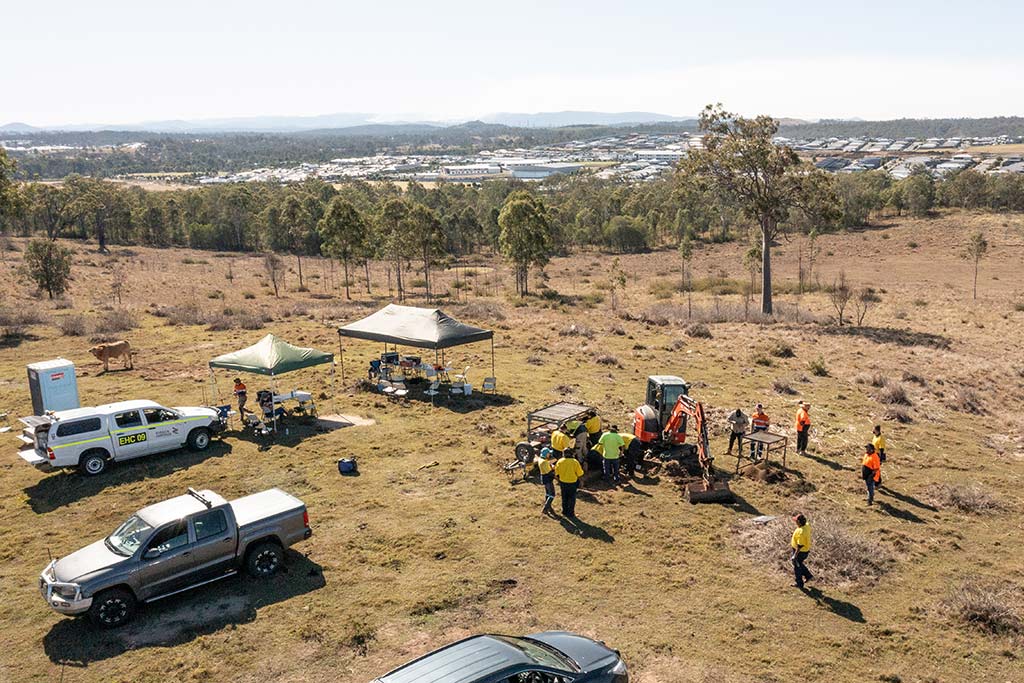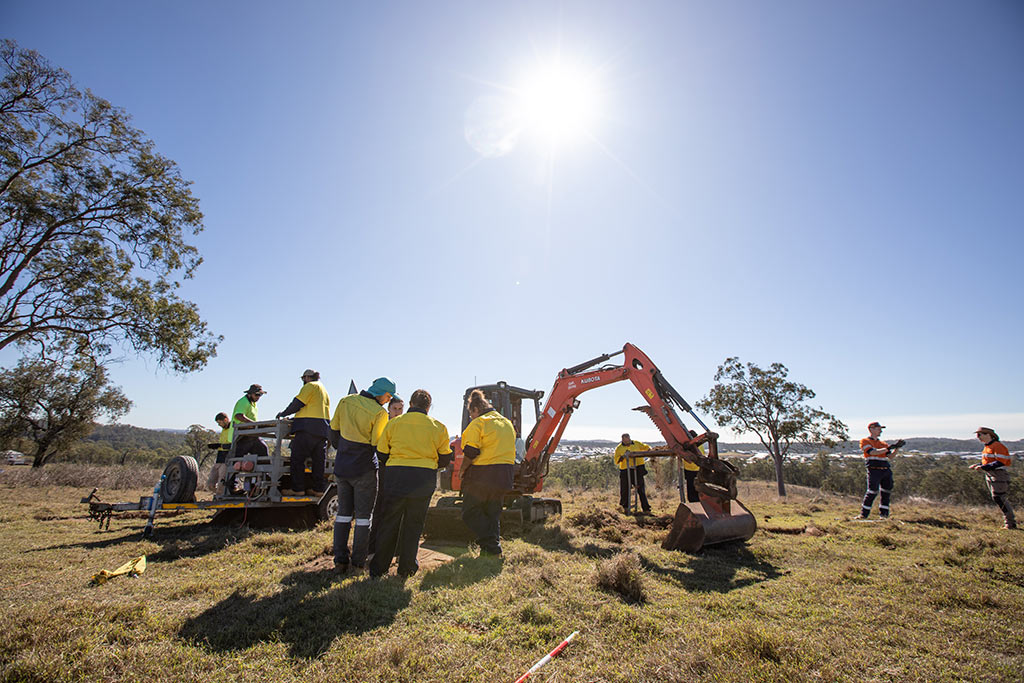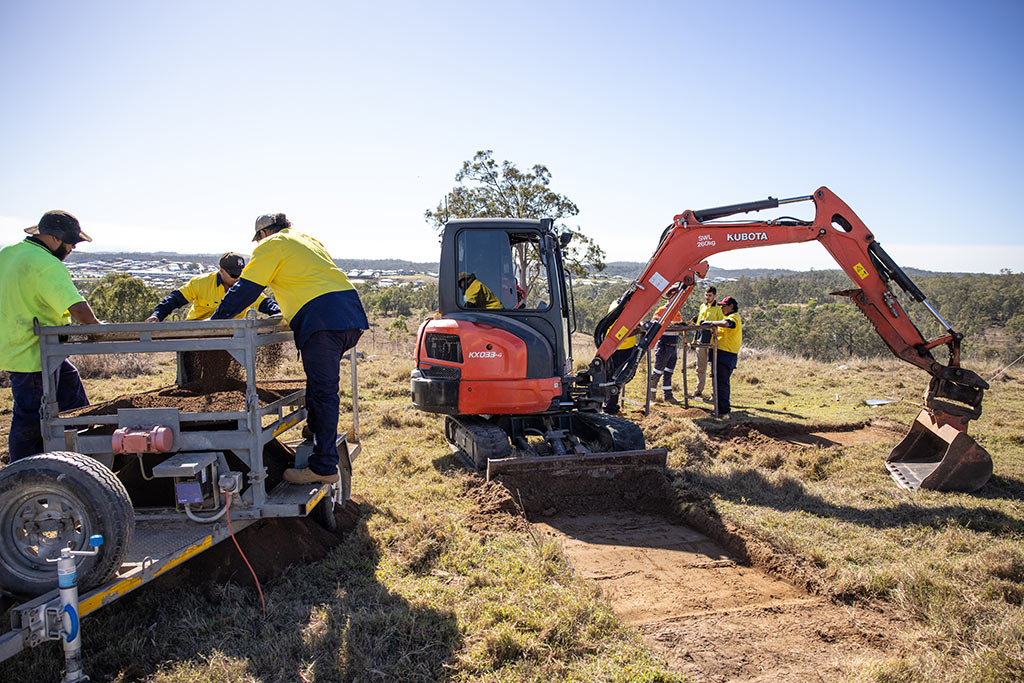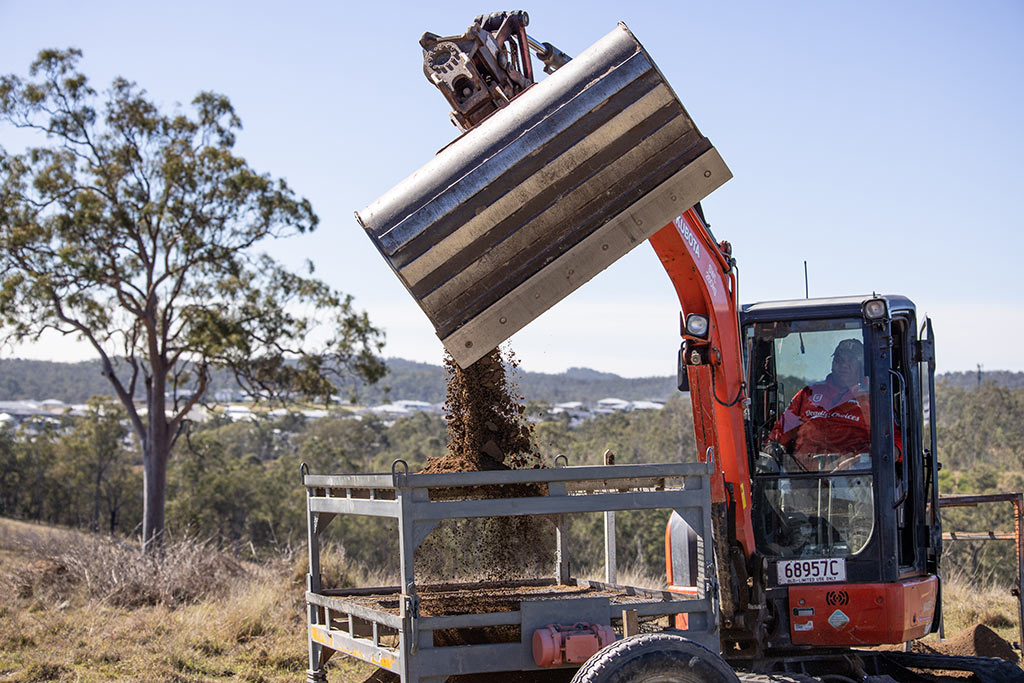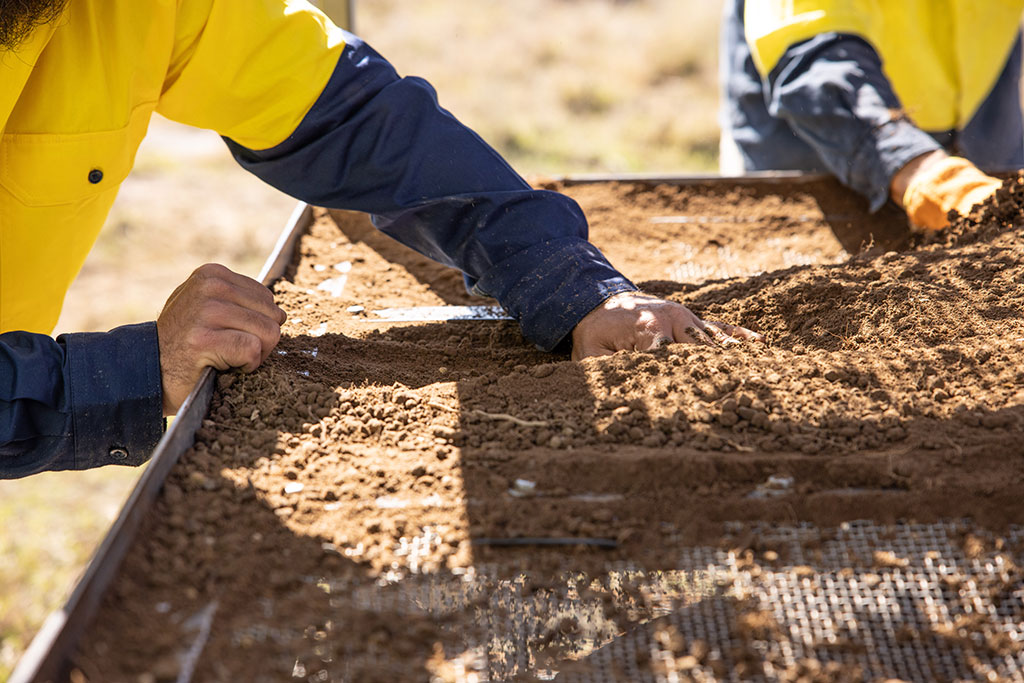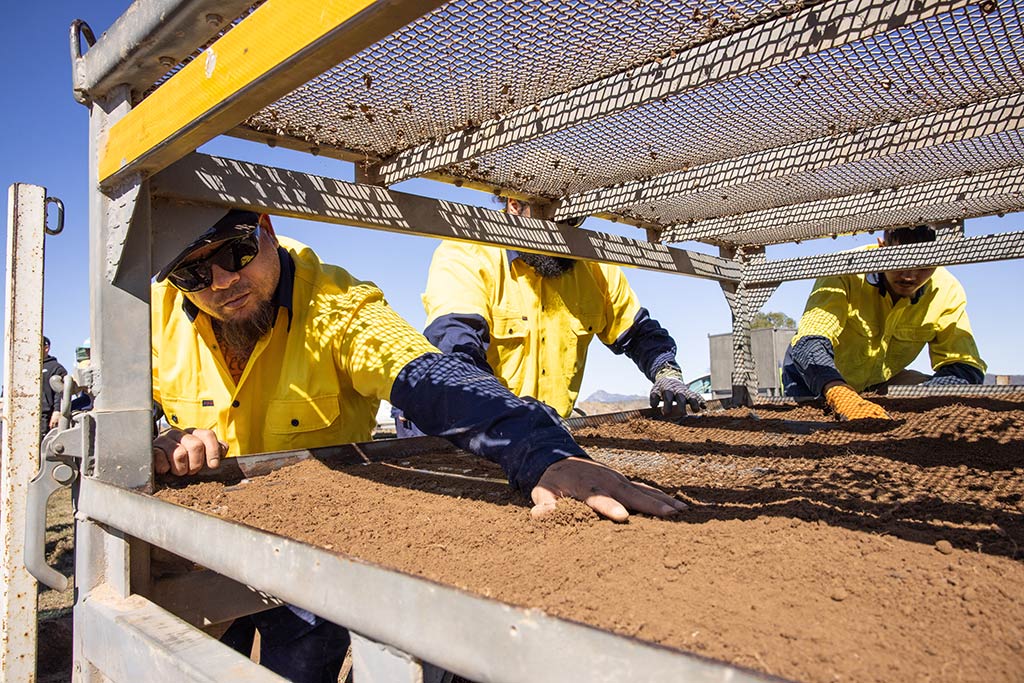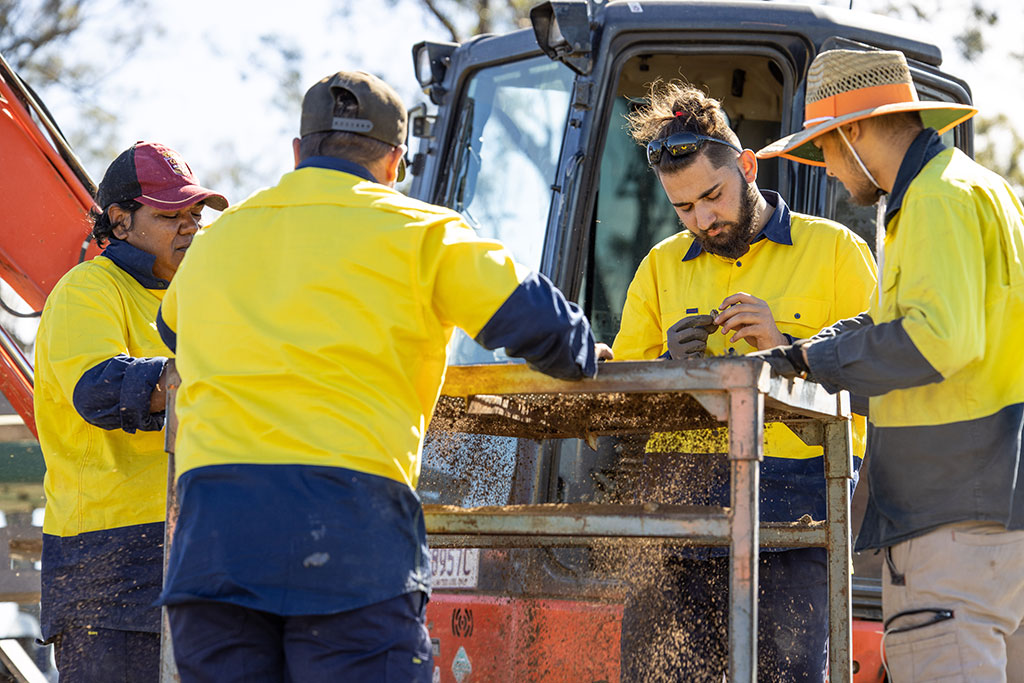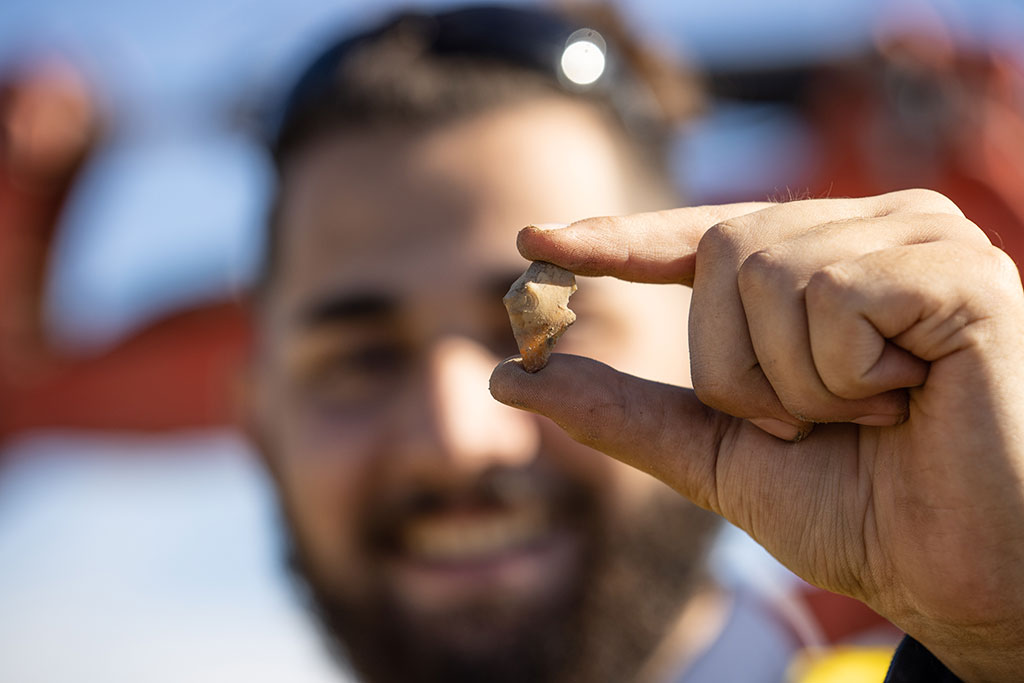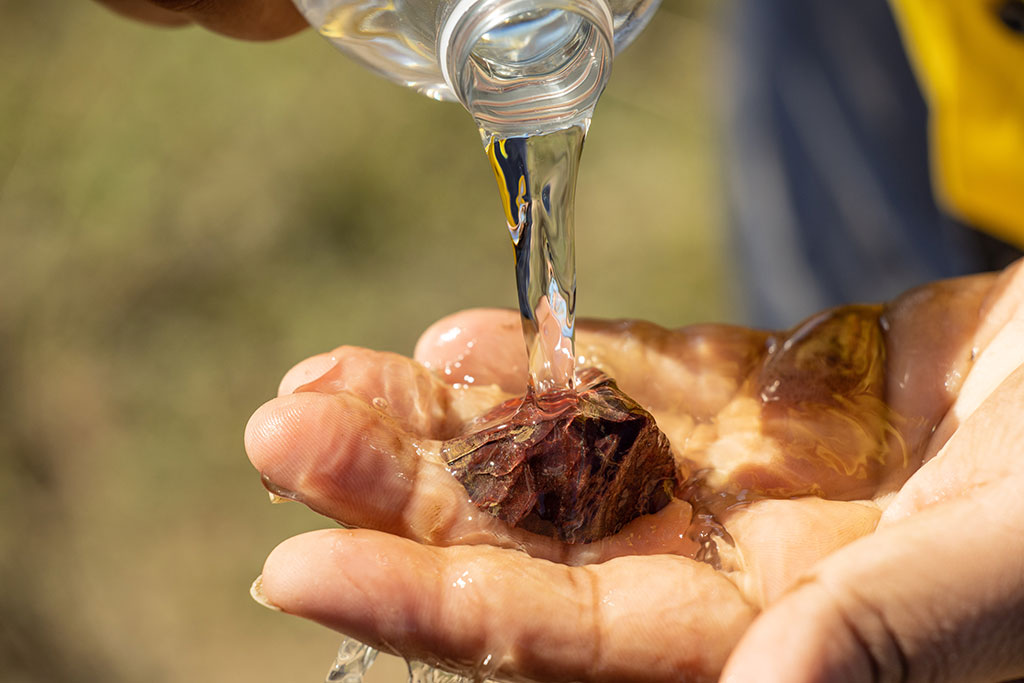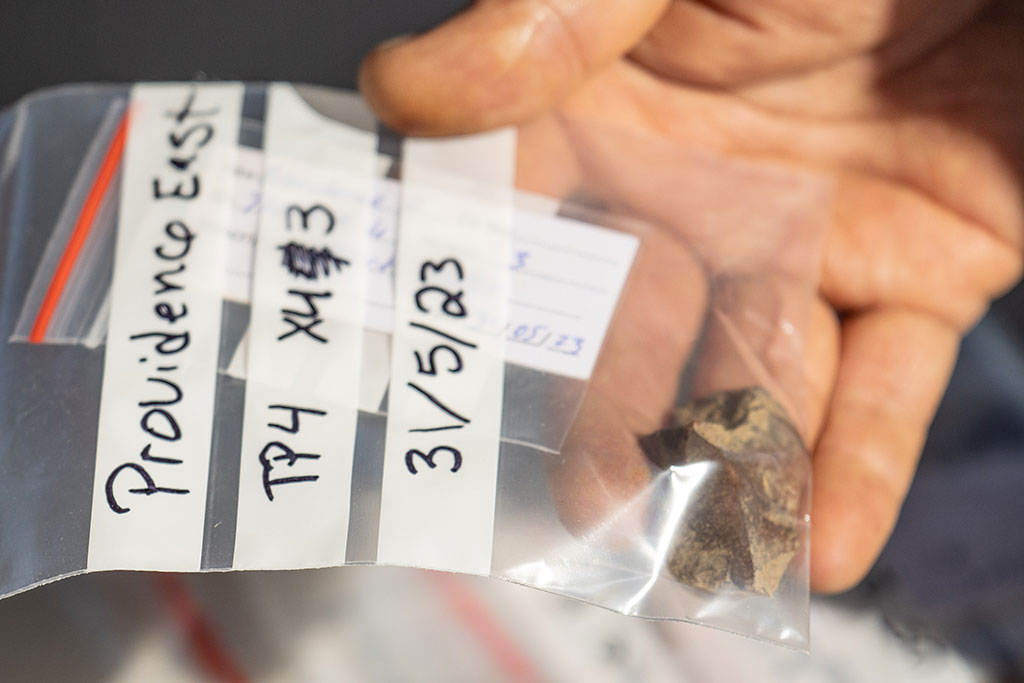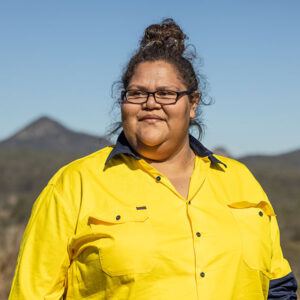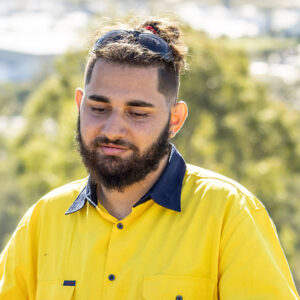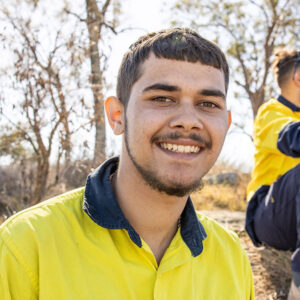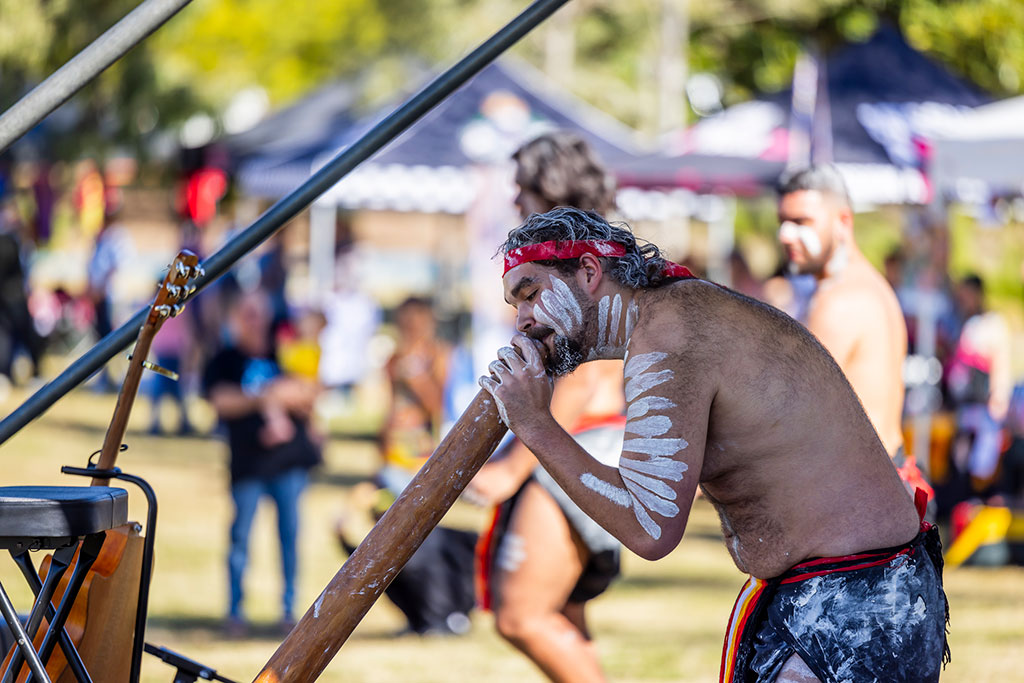WE ARE DEDICATED TO APPROPRIATELY PROTECTING AND
SHARING THE CULTURAL SIGNIFICANCE OF YUP COUNTRY –
AND CELEBRATING OUR CULTURAL HERITAGE.
WE ARE DEDICATED TO APPROPRIATELY PROTECTING AND SHARING THE CULTURAL SIGNIFICANCE OF YUP COUNTRY – AND CELEBRATING OUR CULTURAL HERITAGE.


DEVELOPING PRODUCTIVE RELATIONSHIPS

The Deebing Creek land sale catalysed the YUP’s Traditional Owner / Native Title journey. In 2016 Uncle Sonny (brother of Faye Carr) noticed a ‘For Sale’ sign at the old Deebing Creek Mission site. Uncle Sonny contacted ATSIC to flag concern and try to raise funds to buy the land. Sadly a sale was already underway to various developers. The YUP hoped to stop the development on this land, their Country, which holds deep roots and layers of familial experience. In 2016 some of the YUP were involved in a protest march against the development.

When it became apparent the land sales and development would go ahead, the YUP embarked on a journey working alongside the developers to build relationships, advocate their rights, share their stories, and attempt to reveal heritage value and protect what land they could. This has resulted in their developing a program of Cultural Heritage and Land Management.
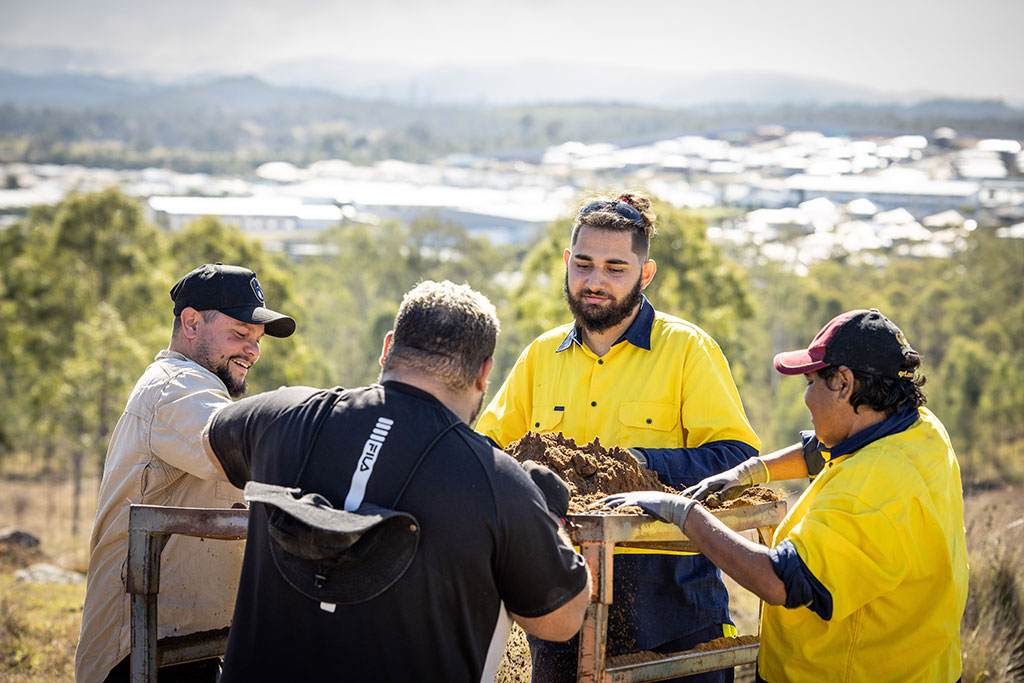
CULTURAL HERITAGE AND LAND MANAGEMENT
The YUP is approaching the emerging development of the Deebing Creek area as an opportunity to ensure our 10,000-year-old, deep connection with the land is appropriately recognised. The Archeology Training on Country / Ranger Program has developed from that.
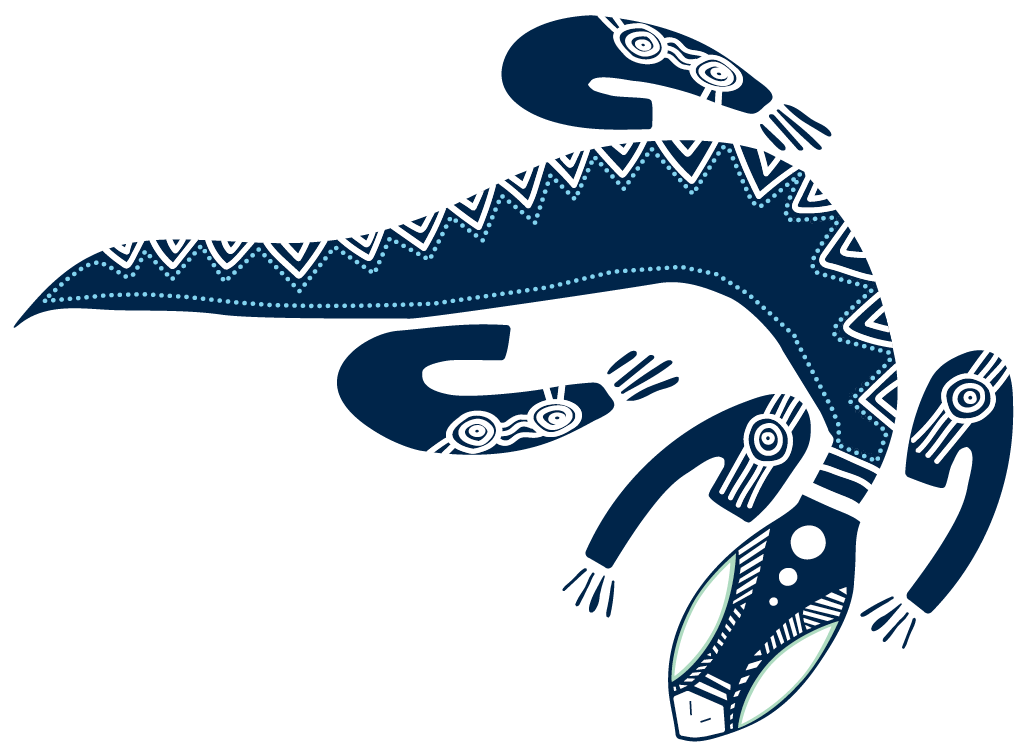
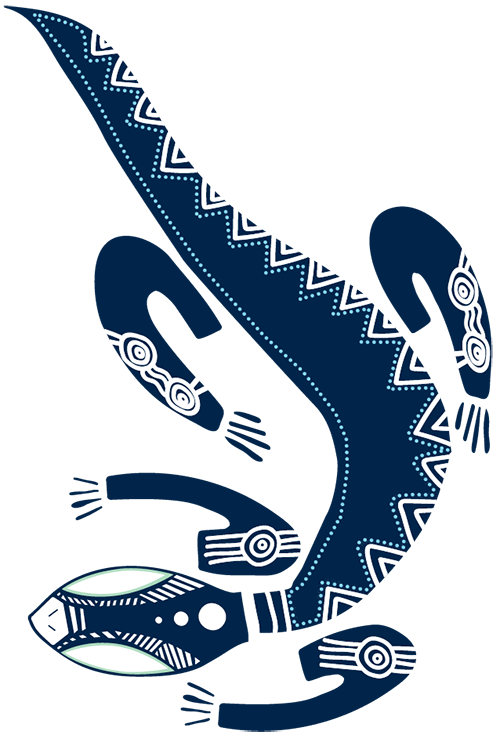
YUP ARCHEOLOGY TRAINING ON COUNTRY / RANGER PROGRAM

The YUP, in partnership with Everick Foundation, recently facilitated an Archeology Training on Country Program. The multi-day program was funded by a National Resilience Agency grant. The program provided practical opportunities to build capacity in Aboriginal-led cultural heritage management. Practical experience included: mechanical excavation, artefact recording, analysis and cultural heritage desktop assessment. 14 participants included six YUP community members and eight rangers.
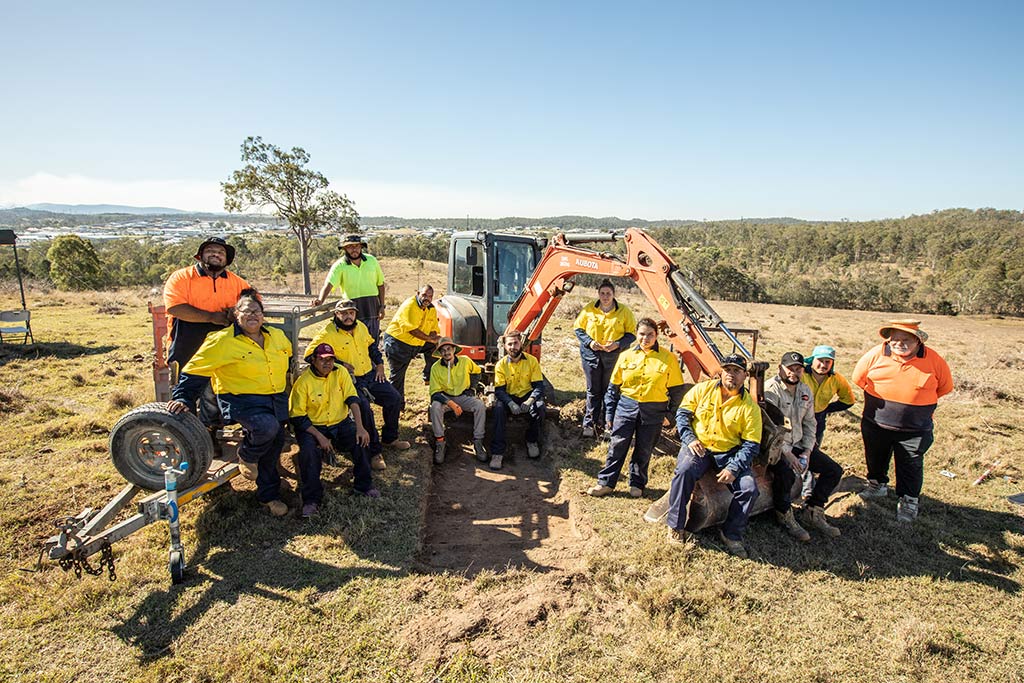
STEP 1 –
IDENTIFY DIG SPOTS AND DIG TEST PITS
The team assess land photos from the past, walk the land’s ridge lines and creeks and speak with Elders to determine dig spots with a high probability of finding artefacts such as stone tools.
Once a site is agreed, a digger digs a test pit approximately 1m x 1m layering down to a depth of 10cm at a time (10cm equals one dig layer). The digger dumps soil from that layer into a giant sieve.
STEP 1 –
IDENTIFY DIG SPOTS AND DIG TEST PITS
The team assess land photos from the past, walk the land’s ridge lines and creeks and speak with Elders to determine dig spots with a high probability of finding artefacts such as stone tools.
Once a site is agreed, a digger digs a test pit approximately 1m x 1m layering down to a depth of 10cm at a time (10cm equals one dig layer). The digger dumps soil from that layer into a giant sieve.
STEP 1 –
IDENTIFY DIG SPOTS AND DIG TEST PITS
The team assess land photos from the past, walk the land’s ridge lines and creeks and speak with Elders to determine dig spots with a high probability of finding artefacts such as stone tools.
Once a site is agreed, a digger digs a test pit approximately 1m x 1m layering down to a depth of 10cm at a time (10cm equals one dig layer). The digger dumps soil from that layer into a giant sieve.
STEP 2 –
SEARCH AND LOCATE STONE ARTEFACTS
The team sort soil in the giant sieve looking for significant stone artefacts / tools. They can find artefacts including source rocks (that have visibly had flakes taken from them) and flakes (pieces of bigger stones) that would have been used for things such as skinning kangaroos. Larger flakes would have been used for stone axes. Once artefacts are found, rangers bag them and record the site, test pit and depth information. Significant finds will hopefully be displayed in the future cultural centre.
STEP 2 –
SEARCH AND LOCATE STONE ARTEFACTS
The team sort soil in the giant sieve looking for significant stone artefacts / tools. They can find artefacts including source rocks (that have visibly had flakes taken from them) and flakes (pieces of bigger stones) that would have been used for things such as skinning kangaroos. Larger flakes would have been used for stone axes. Once artefacts are found, rangers bag them and record the site, test pit and depth information. Significant finds will hopefully be displayed in the future cultural centre.
STEP 2 –
SEARCH AND LOCATE STONE ARTEFACTS
The team sort soil in the giant sieve looking for significant stone artefacts / tools. They can find artefacts including source rocks (that have visibly had flakes taken from them) and flakes (pieces of bigger stones) that would have been used for things such as skinning kangaroos. Larger flakes would have been used for stone axes. Once artefacts are found, rangers bag them and record the site, test pit and depth information. Significant finds will hopefully be displayed in the future cultural centre.
RANGER PROGRAM PARTICIPANTS

“Being up here shows a lot of change and the growth of society in general. It’s sad in a way – there goes our land. And then you look out in the other direction with the trees and bush and think ‘that’s what my ancestors were looking at’… We’re hoping that what we do here will help fight for something, back up our cultural, historical significance… The program runs for roughly six months and we’ll be doing cultural burning, 4WDriving, and getting our Blue Cards. I’m so excited.”
“They are thinking of developing throughout here…We’re on this land not only to learn, but to build our understanding of the heritage significance so we have a stronger case to claim sections if we uncover significant artefacts. For example, we could include more paths and parks and weave our stories into the places… A lot of us out here are just learning and young – we’re trying to get the voice of the younger YUP coming up, focusing on that so we can continue to hear our voices.”
“As a young man it’s very important to work on Yuggera Country to help protect as much of the history as possible. I’ve learnt lots of practical land management skills through the Rangers program.”

We’ve got a lot of family doing the Rangers Program. And now some of the younger ones will be able to identify artefacts when we send them out into the field. This is important because some of them haven’t seen artefacts before. Now they understand what to look for.
– Sam Carr (YUP Spokesperson)

We’ve got a lot of family doing the Rangers Program. And now some of the younger ones will be able to identify artefacts when we send them out into the field. This is important because some of them haven’t seen artefacts before. Now they understand what to look for.
– Sam Carr (YUP Spokesperson)
